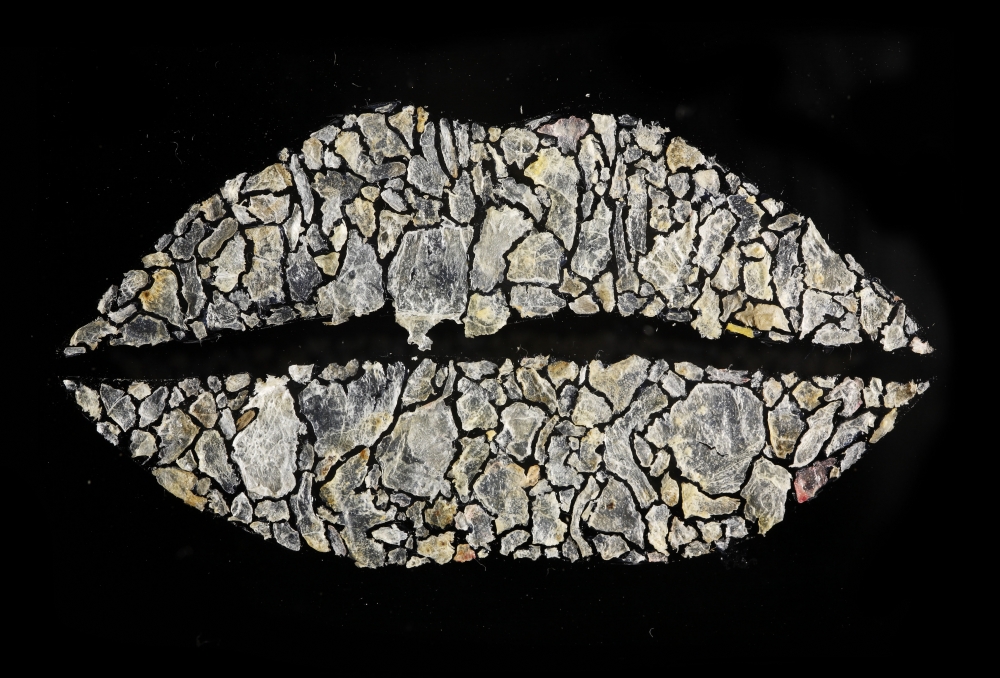사진생산물 (입술) Product (Lip)
 생산물 (입술) Product (Lip) 입술껍질, 나무, 아크릴 | 53×29×122cm | 2006
생산물 (입술) Product (Lip) 입술껍질, 나무, 아크릴 | 53×29×122cm | 2006
- 등록번호 : 2046
- 작가명 : 김철환
- 자료생성일 : 2020-04-22
- 분류 : 전시
-
요약설명 :
김철환은 자신의 신체에서 나온 부산물을 재료로 사용함과 동시에 그 신체 부산물에 관한 이야기를 말하고자 한다. 작가는 인간의 몸에서 생겨나는 부산물인 각질 및 각종 털들, 손톱과 발톱, 피부의 껍질까지 스스로 수집할 수 있는 모든 부분을 수집하고 그 재료를 다시 원래의 형태로 재현하는 작업을 반복적으로 진행하고 있다. 그런 작품의 형식은 그 재료에게 권위를 부여하고 관람객을 집중시킬 의도로써 엔틱한 형식의 나무 좌대를 제작하여 사용한다. 여기에서 작가는 정상적 또는 보편적 인간인 자신을 기준으로 하여 자신을 작가라는 특정인이 아닌 누구나 해당 될 수 있는 평범한 인간의 기준으로서 재료를 수집하고 작품을 제작하는 것이다. 다시 말해 누구에게나 발생하는 문제에 대한 과정과 결과의 묘사이므로 재료 자체는 누구의 것이라도 상관이 없다. 작품제목도 지극히 개별적이거나 사적인 방향이 아닌 보편적 인간이라는 기준 아래 인간이 유일하게 생산하는 것에 대한 의미로 은유적으로 표현하였다. 그와 함께 작품의 개수를 특정할 수 있는 12개 혹은 30개로 정한 이유는 현대사회에서 보편적으로 사용하는 사이클의 단위를 사용하여 생의 반복처럼 이어지는 삶을 묘사하였다.
Kim ChulHwan uses by-products of his body as materials for his work and attempts to tell stories about them. The artist collects all by-products of human body, including callus, hair, bits of nails cut from fingers and toes, as well as skin crusts, as much as he can and continues to work on re-creating them to their original forms. To grant authority to the materials and draw the attention of viewers, he produces antique-style wooden pedestals for his works. Here, Kim sees himself as a normal or standard human being, rather than a specific individual, in collecting the materials and creating works. In other words, his works represent processes and results of issues that occur to any person, and it does not matter to whom the materials belong. The titles of the works were also conceived metaphorically, to signify the only things that universal human beings ? and not individual or private persons ? produce. The numbers of the works were also set at 12 or 30 to symbolize periods of life cycle commonly referred in the present society and describe the repeated circle of life.